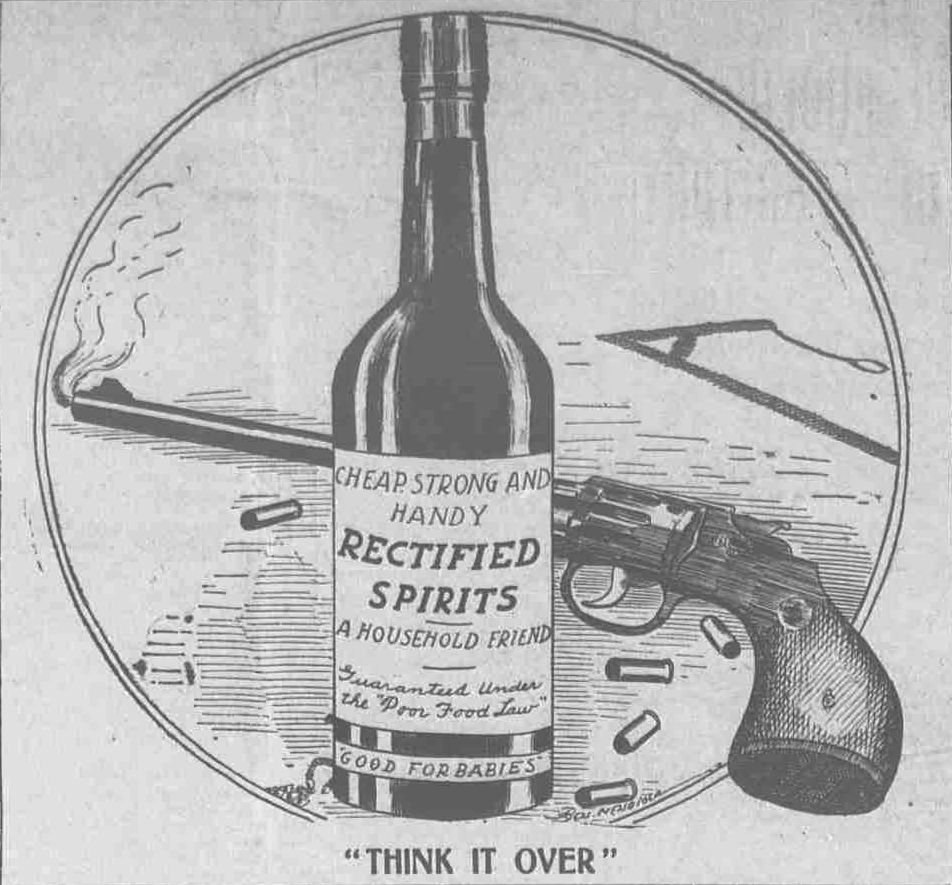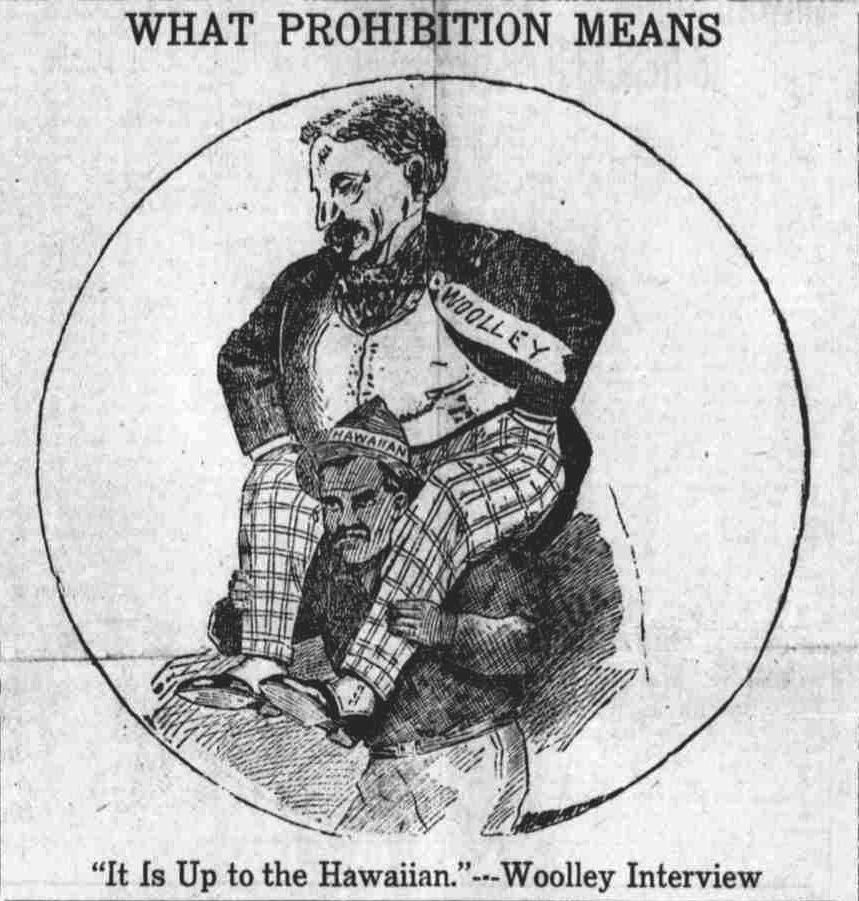On a visit to the Hawaiian Islands, the Dalai Lama XIV “was presented with a traditional ceremonial hat [mahiole] (which he wore on his head mentioning that it seemed similar to Tibetan monastic hats)”. (Central Tibetan Administration)
The Tibetan monk’s hat was made of wool over a cotton interior; different sects had different colors (red or yellow). Hawaiians did not have wool or cotton cloth; they had ‘ie‘ie and ‘olonā fibers and feathers, typically, red and yellow to make their mahiole.
In Hawai‘i, feathered garments denoted status and as such could be worn only by the elite. The ‘ahu ‘ula (cape) and mahiole (helmets) were worn by the most powerful chiefs, or ali’i, and were sometimes given as gifts.
Mahiole were constructed of the aerial roots of the ʻieʻie vine, woven into a basketry frame. They were perfectly fitted to an individual, and protected the most sacred part of the body, the head.
A net of olonā fibers was laid over the framework, and feathers attached in bundles in the same way as for the cloaks. The featherwork starts from the bottom, so each new row conceals the quills of the feathers below. (Museum of New Zealand)
“It was probably the cherished armor of a king as noble as any of the Hawaiian line. and yet it is not all yellow, as one or two authors claim that the helmet of a king should always be: it is of red, as are the most of those which retain any of their original feathers, and not a single one of all is exclusively yellow.”
“It may seem strange that articles so highly valued should have so little history connected with them … it would add greatly to the interest which must ever attach to these beautiful examples of patient and long-continued work by a primitive people if we knew …”
“… what chief first ordered the construction, how long the hunters collected, how many years the deft fingers of the high chiefesses plaited the precious feathers into the network, what rejoicings at the completion of the long task, in what battle it first was worn, and then the changing ownership when murder, fraud, or theft transferred the garment …” (Brigham)
“Feathers were important symbols of power for Polynesians; in Hawai‘i, feathers were more highly prized than other types of property.”
“Feathers used for crafts were obtained from at least 24 bird species, however, the golden feathers of ‘ō‘ō and mamo birds made them primary targets for birdhunters; both birds became extinct by the late 1800s.”
“Feathers were utilized for many items, including ‘ahu‘ula [cloaks], mahiole [war helmets], and kāhili [standards]. Most garments utilized a considerable number of feathers; a cloak for Kamehameha consumed the golden feathers of 80,000 mamo birds.” (Perez)
“The feathers of birds were the most valued possessions of the ancient Hawaiians. The feathers of the mamo were more choice than those of the oo because of their superior magnificence when wrought into cloaks (ahu). The plumage of the i‘iwi, apapane and amakihi were made into ahu-ula, cloaks and capes, and into maho-ole, helmets.”
“The ahu-ula was a possession most costly and precious (makamae), not obtainable by the common people, only by the alii. It was much worn by them as an insignia in time of war and when they went into battle. The ahu-ula was also conferred upon warriors, but only upon those who had distinguished themselves and had merit, and it was an object of plunder in every battle.”
“Unless one were a warrior in something more than name, he would not succeed in capturing his prisoner nor in getting possession of the ahu-ula and feathered helmet of a warrior. These feathers had a notable use in the making of the royal battle-gods. They were also frequently used by the female chiefs in making or decorating a comb called huli-kua, which was used as an ornament in the hair.”
“The lands that produced feathers were heavily taxed at the Makahiki time, feathers being the most acceptable offering to the Makahiki-idol. If any land failed to furnish the full tale of feathers due for the tax, the landlord was turned off (hemo). So greedy were the alii after fathers that there was a standing order (palala) directing their collection.” (Malo)
There are many different kinds of mahiole that can be seen today found in museums around the world from the mahiole haka (short crested helmet,) mahiole pōheoheo (knobbed helmet,) mahiole haka kahakaha (striped short crest helmet,) spoked crescent helmet and others.
In Tibet, regarded as the manifestation of Bodhisattva of Wisdom, Jampelyan (Manjushri), Tsongkhapa’s followers built him the Ganden Monastery in Netang near Lhasa in 1409. After his death, Tsongkhapa’s students built a new school of Tibetan Buddhism based on his teachings and named it ‘Gelug’ which means virtuous tradition. (TibetPedia)
Among his known disciples were Gyaltsab (1364-1431), Jamchen Chojey (1355-1435), Khedrub (1385-1438), and Gendun Drupa (1391-1474). His disciples founded the great monasteries of the Gelug Sect such as Sera monastery of Lhasa, Drepung and Tashillhunpo monasteries, and introduced the tradition of wearing yellow hats to distinguish them from Sakya lamas, who wore red hats.
The Gelugpa Sect of Tibetan Buddhism, despite being the youngest, is the largest and most important school of thought. Having emerged in the 15th Century through the reforming efforts of Tsongkhapa, adherance to the Gelugpa sect is considered to be purest form of Tibetan Buddhism.
The sect achieved its peak in the 17th Century with huge support from Mongols and Tibetans inspired by the enigmatic 5th Dalai Lama. The Gelugpa Sect remained in power in the Central Tibetan Plateau until Chinese invasions of Tibet in the 1950s. (TibetPedia)
Hmmm …
































































